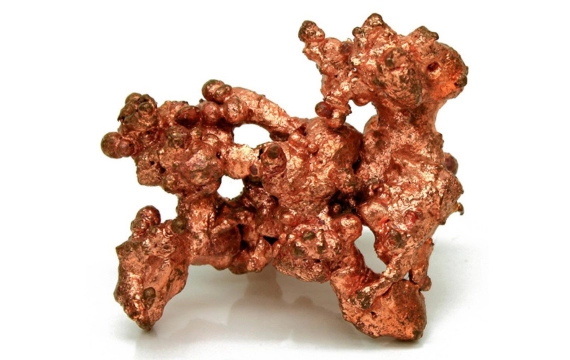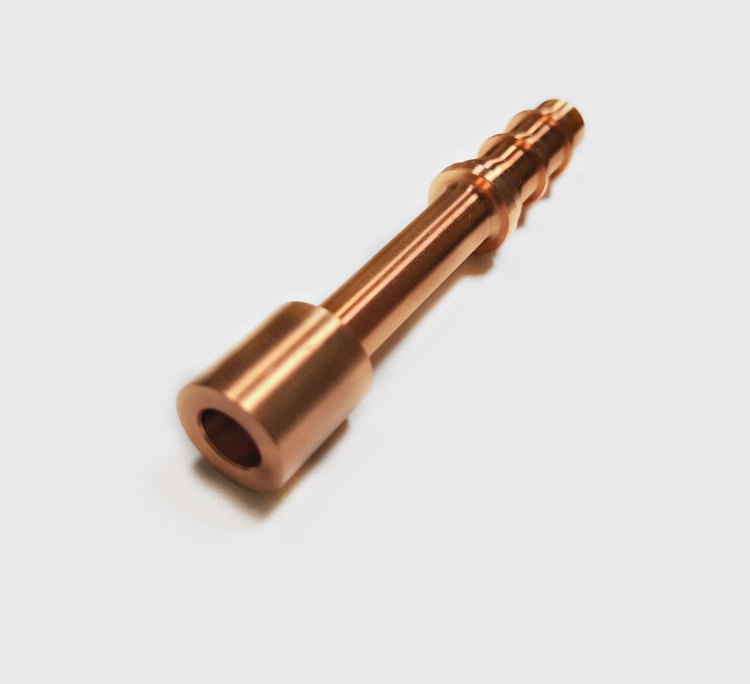Discover copper density values, factors affecting it, and its impact on industry applications including wiring and alloy production.
Copper Density Explained with Key Properties and Industry Uses
Discover copper density values, factors affecting it, and its impact on industry applications including wiring and alloy production.
What is Copper
Copper is a reddish-orange metal known for its excellent conductivity and durability. It’s represented by the symbol Cu on the periodic table and has been used by humans for thousands of years in everything from coins to electrical wiring. Copper’s bright, shiny appearance can dull over time as it develops a characteristic greenish patina called verdigris.
At the atomic level, copper has 29 protons and electrons with a unique arrangement that influences its physical properties. This atomic structure allows electrons to move freely, making copper highly conductive both electrically and thermally. These features, combined with its malleability and strength, make copper a versatile material across many industries.
Understanding Density Definition and Units

Density is basically the amount of mass packed into a certain volume of a material. In simple terms, it tells you how heavy something feels for its size. You calculate density by dividing mass (how much something weighs) by volume (how much space it takes up).
Common units for density include:
- grams per cubic centimeter (g/cm³) – popular for solids like metals
- kilograms per cubic meter (kg/m³) – often used in engineering and larger-scale measurements
- pounds per cubic foot (lb/ft³) – common in the U.S., especially in construction
Measuring density is important because it helps identify materials and predict how they behave. For metals like copper, density affects things like strength, weight, and how they conduct electricity. Typically, density is measured by finding the mass using a scale and then measuring the volume, often through water displacement or using special instruments for precision. This straightforward property helps manufacturers maintain quality and choose the right metals for specific jobs.
The Density of Copper The Exact Figure
The standard density of pure copper is about 8.96 grams per cubic centimeter (g/cm³) at room temperature, which is typically 20°C (68°F). This means that one cubic centimeter of copper weighs nearly 9 grams, making it one of the heavier common metals.
Copper’s density isn’t fixed—it changes slightly with temperature due to thermal expansion. When copper heats up, its atoms move apart a bit, causing it to expand and slightly reduce its density. Conversely, cooling copper will make it contract and increase its density a little. But these changes are generally small around normal temperatures.
Factors Affecting Copper Density

Copper’s density isn’t fixed—it changes based on a few key factors. First, purity matters a lot. Pure copper has a standard density around 8.96 g/cm³, but when mixed with other metals to make alloys like bronze or brass, the density shifts. Adding metals like zinc or tin changes the weight per volume, so alloys often have different densities than pure copper.
Temperature also plays a role. As copper heats up, it expands slightly, which lowers its density because the same mass takes up more space. Pressure can have the opposite effect but usually only makes minor changes under normal conditions.
Finally, how copper is processed and manufactured affects density. Methods like casting, rolling, or forging can introduce small differences in density due to changes in internal structure or impurities trapped inside. These factors together mean copper density can vary depending on its exact form and use.
Importance of Copper Density in Industry and Everyday Life

Copper density plays a key role in many industries and everyday uses. In electrical wiring, copper’s density relates closely to its conductivity. Denser copper usually means fewer impurities, which helps electricity flow efficiently—important for everything from home wiring to electronics.
In plumbing and construction, copper’s weight per volume affects both strength and ease of installation. Knowing copper’s density helps ensure pipes and fixtures can hold up under pressure without adding unnecessary weight.
When making alloys like bronze or brass, density influences the final product’s mechanical properties, such as hardness and durability. Manufacturers adjust alloy composition based on density to meet specific needs.
Finally, recycling and quality control rely on density measurements to confirm copper purity. Checking density helps separate pure copper from alloys and scrap, maintaining material value and performance.
Comparison Copper Density vs Other Common Metals
Copper’s density is an important factor when choosing materials for various projects. Here’s a quick comparison of copper’s density against some common metals:
| Metal | Density (g/cm³) | Density (lb/ft³) |
|---|---|---|
| Copper | 8.96 | 559 |
| Aluminum | 2.70 | 169 |
| Steel | 7.85 | 490 |
| Silver | 10.49 | 654 |
| Gold | 19.32 | 1204 |
Copper is denser than aluminum and steel but lighter than silver and gold. This density balance makes copper ideal for applications needing good strength without excessive weight.
How Copper Density Affects Application Choices
- Electrical wiring: Copper’s density contributes to its excellent conductivity and durability, balancing weight and performance better than heavier metals like silver or gold.
- Construction and plumbing: It’s heavy enough for strength but not too bulky, unlike denser metals, making it practical for pipes and fittings.
- Alloys: Copper’s density shifts with alloys (like brass or bronze), influencing mechanical properties and durability tailored to specific uses.
Understanding copper density alongside other metals helps professionals pick the right material for strength, cost, and weight needs in the U.S. market.
How to Measure the Density of Copper at Home or in the Lab
Measuring copper density is pretty straightforward, whether you’re at home or in a lab. Here’s how you can do it:
Simple Home Method Water Displacement
- Weigh the copper piece using a kitchen scale or any accurate scale.
- Fill a measuring cup with a known amount of water, note the volume.
- Submerge the copper completely in the water without touching the sides or bottom.
- Record the new water level. The difference between the new and original volume is the copper’s volume.
- Calculate density by dividing the copper’s mass by the volume of water displaced.
This water displacement method works well for irregular shapes and gives a pretty reliable density estimate.
Professional Tools for Accurate Density Measurement
In labs or industrial settings, professionals use precise instruments such as:
- Pycnometer: A glass container used to find the volume of a solid by measuring fluid displacement very accurately.
- Density meter: An electronic device that can quickly measure density based on oscillation or vibration frequencies.
Both tools provide more exact measurements, especially when purity or alloy composition affects copper density.
Whether you’re checking copper quality for wiring or metalwork, these methods are practical and reliable choices to understand copper density.
FAQs About Copper Density
Why does copper density matter?
Copper density helps determine its weight, strength, and how it behaves in different applications. Knowing the density is key for manufacturing, construction, and electrical work where exact material specs are needed.
Can copper density tell how pure it is?
Yes, to some extent. Pure copper has a known density of about 8.96 g/cm³ at 20°C. If the density is noticeably different, it usually means there are impurities or it’s an alloy like brass or bronze.
Does temperature affect copper’s density?
Definitely. As copper heats up, it expands slightly, which lowers its density. This is important in settings where temperature changes a lot, like in electrical wiring or plumbing.
How is copper density measured easily?
Many use the water displacement method at home, where you measure how much water a copper piece pushes aside. In professional settings, tools like pycnometers or density meters give more exact readings.
How does copper density compare to other metals?
Copper is denser than aluminum but lighter than silver or gold. This balance makes it useful when you need a metal that’s strong but not too heavy.
Understanding these basics helps in picking the right copper type and checking its quality for your specific needs.
